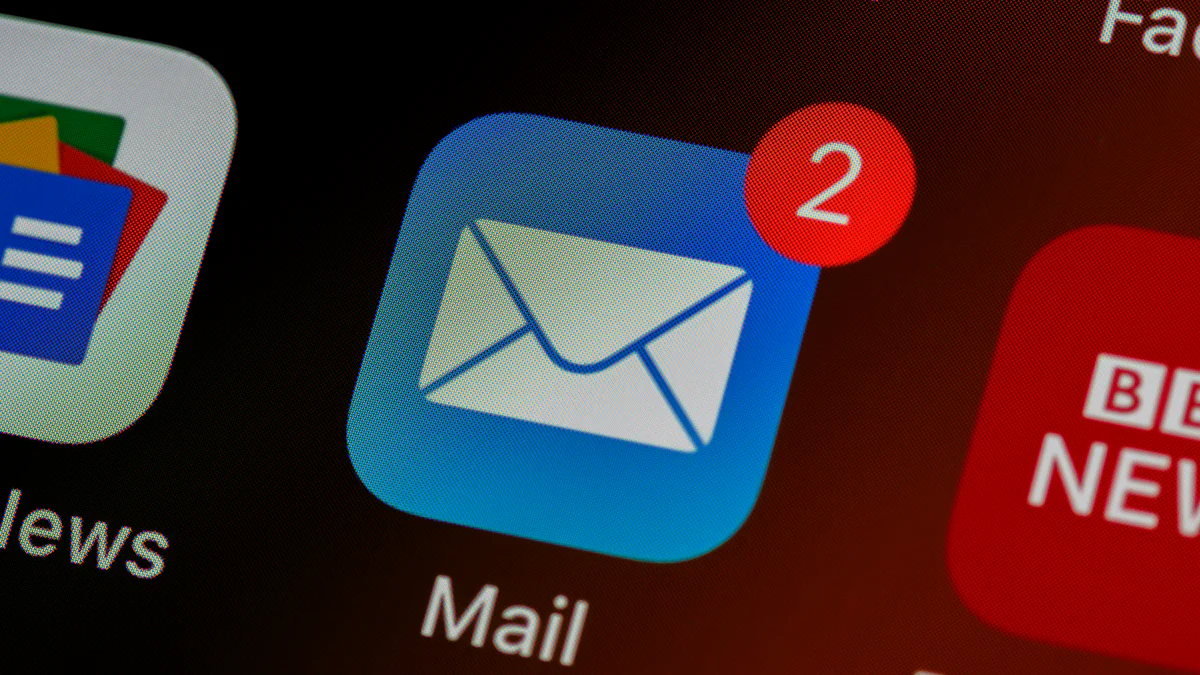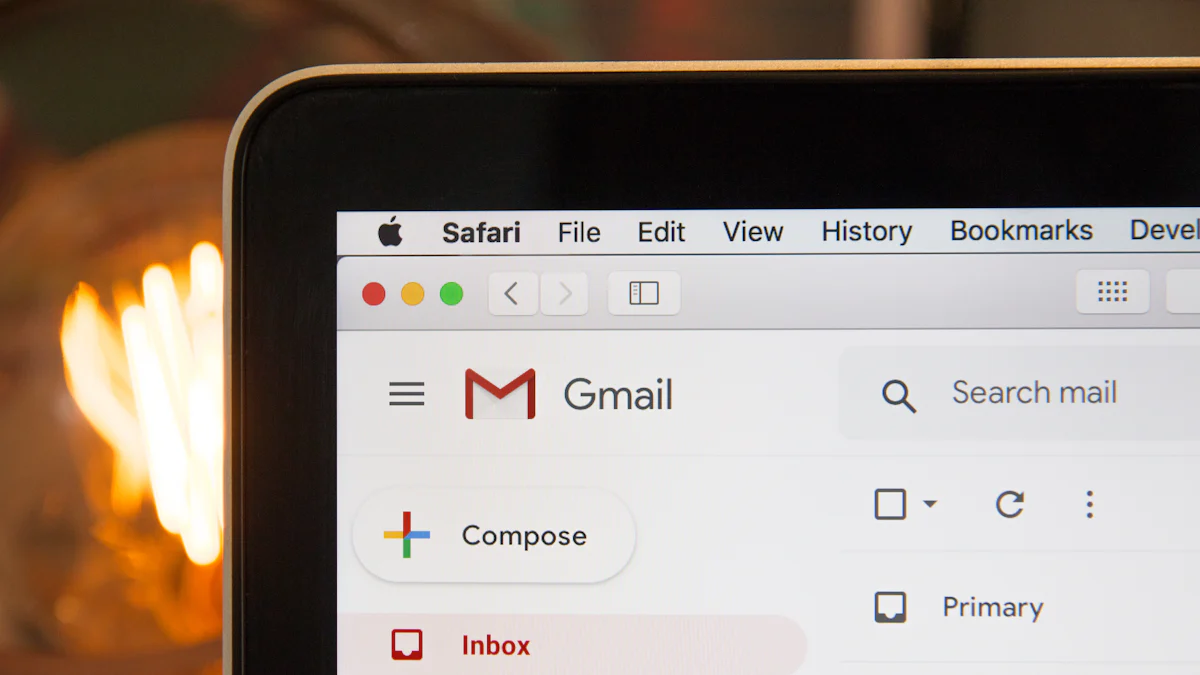What is Email Automation and How It Operates

Email automation changes marketing by allowing personal and timely messages to customers. With 58% of revenue from targeted emails, its effect on ROI is clear. Automated emails make 320% higher revenue and help with lead tasks, letting teams focus on big plans. By improving audience lists and showing email results, email automation helps turn leads into loyal customers.
Understanding Email Automation
What is Email Automation?
Definition and Key Concepts
Email automation changes marketing by sending emails automatically. These emails are sent based on what users do. This saves time and makes things easier. It also helps save money. Email automation helps guide potential customers through a set plan. This makes sure they get good messages and become real customers.
Historical Context and Evolution
The idea of email automation started when digital marketing began. Businesses wanted new ways to talk to their audience. Over time, this technology became very important in marketing. Automated emails make a lot of money, about $42 for every $1 spent. They earn 320% more than manual emails, showing how powerful email automation has become.
How Email Automation Works
Triggers and Actions
Email automation works with triggers and actions from user behavior or set rules. When something happens, the system sends out special emails based on what the user did. By using triggers well, marketers can talk to their audience at the right time with content they like.
Workflow Creation
Creating workflows is key in email automation. Marketers design email sequences for different customer stages. These workflows send interesting messages that keep leads engaged and interested in the brand. Structured workflows help businesses stay in touch with their audience and boost sales.
Integration with Other Tools
Email automation tools work well with other marketing software like CRM systems, analytics tools, and social media platforms. By connecting these tools, email automation can use data from many sources to create very personalized campaigns that work best. This integration gives marketers full insights to improve their email strategies.
Benefits of Email Automation

Efficiency and Time-Saving
Automated Campaigns
Automated campaigns in email automation act like a helper for marketing tasks. They send the right message at the right time, even when you're not working.
Setting up automated campaigns lets businesses talk to leads without much effort. This makes sure potential customers get important info quickly, boosting conversion chances.
Reduced Manual Effort
With email automation, you don't need to send emails by hand as much. This frees up marketers to focus on other important tasks like creating good content or checking how well campaigns are doing.
By cutting down manual work with email automation, businesses can make their marketing smoother and use resources better for great results.
Personalization and Targeting
Segmentation
Segmentation is a strong tool in email automation that lets businesses split their audience into groups based on things like age, actions, or likes.
Through segmentation, marketers can send messages that fit each group, making sure everyone gets content they care about.
Dynamic Content
Using dynamic content in emails with email automation helps marketers send messages that change based on what the recipient does or likes.
By using dynamic content, businesses can create more interesting and relevant email campaigns that get more engagement and lead to better conversions.
Improved Metrics and Analytics
Tracking and Reporting
The tracking tools of email automation give useful insights into how people interact with emails, like open rates, clicks, conversions, and more.
By watching these metrics through tracking and reporting, marketers can improve their strategies, find areas to fix, and make decisions based on data to boost campaign performance.
Data-Driven Decisions
Making decisions based on data is key in modern marketing. Email automation gives businesses the data they need to judge their email campaigns' success clearly.
By using data from email automation, marketers can fine-tune targeting strategies, enhance personalization efforts, and keep improving based on real-time insights.
Best Practices for Email Automation
Setting Clear Goals
Defining Objectives
To start with email automation, businesses need clear goals. They must decide what they want from their emails. By setting specific goals, companies can send messages that connect with their audience and get the desired results.
Measuring Success
Measuring success is very important in email automation. Companies should track key metrics like open rates, click-through rates, and conversion rates to see how well their emails work. By looking at these numbers, businesses can learn what works best and make better choices for future emails.
Crafting Effective Emails
Subject Lines
Subject lines are crucial in email marketing. Email automation allows personalized subject lines that increase open rates by 26%. Marketers should write catchy subject lines that grab attention and make people want to open the email.
Content and Design
The content and design of emails matter a lot in email automation. Marketers should create interesting content that gives value to the reader. Visuals like images and videos can make the email more appealing and boost engagement.
Maintaining Compliance
GDPR and CAN-SPAM
Following rules like GDPR and CAN-SPAM is essential in email automation. Marketers must ensure their emails follow data protection laws and include opt-out options for recipients. By doing this, businesses build trust with their audience and avoid legal problems.
Opt-In and Opt-Out Processes
Offering clear opt-in and opt-out processes is a best practice in email automation. Giving recipients the choice to subscribe or unsubscribe from emails shows transparency and respects their wishes. Marketers should make it easy for users to manage their subscription settings for a good user experience.
Tools and Platforms for Email Automation
Popular Email Automation Tools
Mailchimp
Mailchimp is a great tool for email automation. It’s easy to set up and has helpful tutorials. It sends custom emails based on what users do. This helps businesses talk to their audience better. Mailchimp knows when to send the right messages at the right time. It also shows how well email campaigns are doing with detailed reports.
HubSpot
HubSpot makes email automation easier by handling tasks automatically. Emails sent through HubSpot get more clicks and make more money. It helps turn leads into customers with personal and timely emails. HubSpot has strong features that improve marketing and customer engagement.
ActiveCampaign
ActiveCampaign is excellent for boosting revenue through email automation. It sends emails based on what visitors do on a website. This helps businesses guide leads to become loyal customers. ActiveCampaign's focus on personal messages increases conversion rates and revenue.
Choosing the Right Tool
Features to Consider
Options to customize campaigns
Works well with other systems
Detailed analytics to see performance
Easy-to-use interface
Automation workflows for managing tasks efficiently
Budget and Scalability
When picking an email tool, think about your budget and growth needs. Choose one that fits your finances but can grow as your business does. Make sure it can handle bigger operations without losing effectiveness.
Real-World Examples of Email Automation

Case Studies
E-commerce
A boat dealer used email automation to track website actions. This helped send custom emails to potential buyers, boosting buyback and service revenue. The automated emails showed how personal messages can grow revenue.
Using email automation, the boat dealer engaged leads better. This led to more sales and happy customers. Sending the right messages based on user actions showed how email automation improves customer ties and sales.
B2B Marketing
A software company used email automation for lead nurturing. By sending personalized content based on engagement, they saw better lead quality and conversion rates.
Email automation helped the company talk to clients at different sales stages. With targeted messages and data from campaigns, they got more qualified leads and closed more deals.
Success Stories
Increased Engagement
An online store used email automation to boost customer engagement with tailored emails. By segmenting their audience and using dynamic content, they improved open rates and clicks.
Personalized subject lines and relevant content made customers interact more with emails. Tracking key metrics like engagement rates helped the store increase customer interaction.
Revenue Growth
A tech firm used email automation to grow revenue by sending targeted messages to clients. They analyzed behavior and sent triggered emails for upselling, which increased repeat buys and sales.
Automated workflows helped the tech firm build strong customer relationships while boosting cross-sells. Providing valuable content through automated emails led to big revenue growth.
Email automation changes marketing by sending personal messages quickly. It boosts earnings by 320% with automated emails. The future looks good for email automation as it helps businesses keep customers happy after they buy something. Even small teams can do well with smart, timely emails based on what customers do. Using email automation is key to building strong customer relationships and showing you care about their likes.